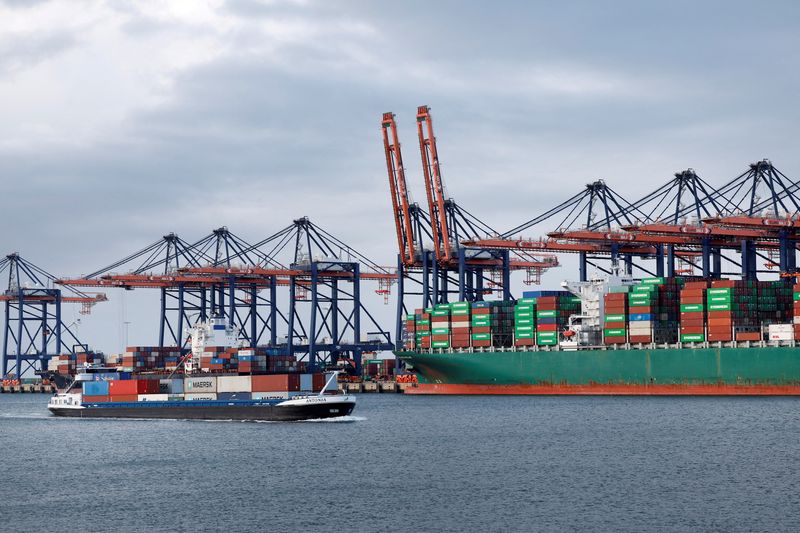Euro area exporters have steadily lost global market share and their difficulties have become even more acute in recent years as surging energy costs ate deep into margins and dragged much of the bloc’s vast industrial sector deep into recession.
“Competitiveness challenges could persist as energy costs will likely remain elevated, and the euro area is still vulnerable to changes in global market conditions owing to its continued dependence on energy imports,” the ECB said in an Economic Bulletin article.
Recent crises from the pandemic to Russia’s invasion of Ukraine have also exposed the euro zone vulnerability to import supply and cost shock, which may be exacerbated by geopolitical fragmentation, the ECB added.
Productivity growth in the broader euro zone economy has trailed the United States, and the gap between the two economic blocs has even widened in recent years.
Between 1995 and 2019, U.S. labour productivity per hour worked increased by about 50% or 2.1% a year while in the euro zone it only rose by 28% or 1% a year.
This gap has widened sharply since the start of the pandemic, initially due to job retention schemes, then to the energy price shock, primarily caused by Russia’s war.

Between the fourth quarter of 2019 and the second quarter of 2024, productivity in the euro zone rose just 0.9% while in the U.S. it increased by 6.7%, the ECB added.
Still, some improvement is likely as the supply shocks and shift in global demand preferences are fading away. But the euro competitiveness issues are likely to persist given the euro zone’s structural vulnerabilities, the ECB argued.
To read the full article, Click Here

